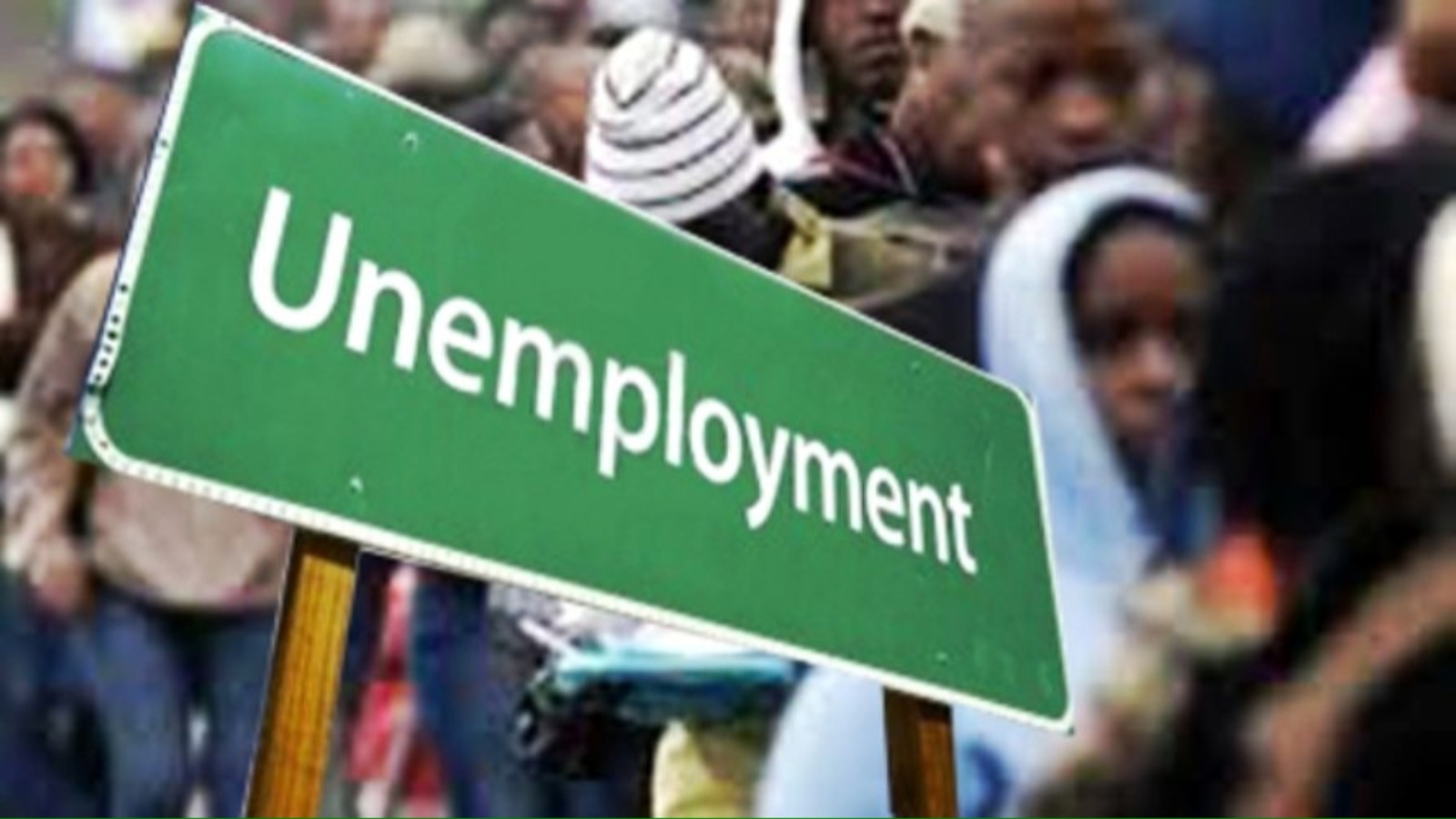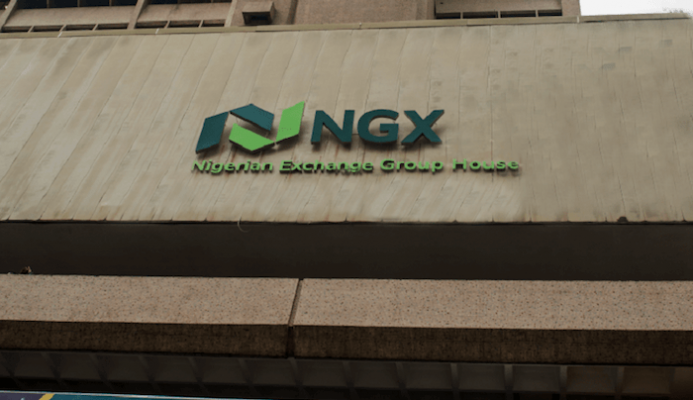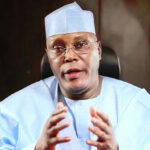The National Bureau of Statistics (NBS) has disclosed that Nigeria’s unemployment rate dropped in the first quarter of 2023, which falls between January to March.
In a report titled; “NIGERIA LABOUR FORCE SURVEY 4TH QUARTER 2022 & 1ST QUARTER 2023,” the NBS stated that unemployment fell to 4.1 per cent in Q1 this year, below the 5.3 per cent recorded in Q4 2022.
Join our WhatsApp ChannelThe underemployment and unemployment rate were 18.2 per cent in the fourth quarter of 2022 and 15.8 per cent in Q1 2023, while the labour force and potential labour force rate was put at 9.5% in Q4 2022 and 6.7 per cent in Q1 2023.
According to the report, which categorised unemployment and underemployment as Labour Underutilization (LU1-LU4) in Nigeria, there are several standard measures of labour underutilization.
Breaking down the unemployment and underemployment as labour underutilization, NBS wrote: “The unemployment rate is one of such measures known as LU1 which was 5.3% in Q4 2022 and 4.1% in Q1 2023.
“LU2 is the combined rate of underemployment and unemployment, as a share of the total labour force; this was 18.2% in Q4 2022 and 15.8% in Q1 2023 (Figure 5).
“LU3 is the combined rate of unemployment and the potential labour force as a share of the extended labour force, where the extended labour force is the combination of the labour force and potential labour force; this was 9.5% in Q4 2022 and 6.7% in Q1 2023.
“LU4 is the combined rate of underemployment, unemployment, and the potential labour force as a share of the extended labour force; this was 21.9% in Q4 2022 and 18.1% in Q1 2023.”
Also, based on gender working age population, the NBS disclosed that the percentage of females not working is 26.76 per cent, while their male counterpart is 15.91 per cent in Q4 2022.
In Q1 2023, the rate of women not working dropped to 22.35 per cent, while the male figure rose to 17.03 per cent.
For those employed at work, the report noted that female employees accounted for 67.31 per cent and male workers held 77.35 per cent of the employed in the working age group for Q4 2022.
Also, in the first quarter of 2023, the population of females employed appreciated to 73.37 per cent, while the working male employed group increased to 77.85 per cent.
Meanwhile, the NBS explained that a rise in unemployment doesn’t necessarily mean there are job losses, as the figure could be influenced by an increase in the working-age population.
It stated that persons who were previously under the working age have grown to be employable and individuals like housewives, could have decided to join the labour market.
“A rise in the unemployment rate is not entirely equivalent to an increase in job losses or vice versa. However, an increase in unemployment can occur due to several reasons, of which loss of an existing job is just one. A rise in unemployment generally means the number of people searching for jobs has increased, which can occur because:
“i. people previously outside the labour force (e.g., students, housewives, etc.) have now joined the labour force.
“ii. People previously working have lost their jobs and are now in search of jobs.
“Often, it is a combination of these two reasons stated above,” the NBS said.

















Follow Us